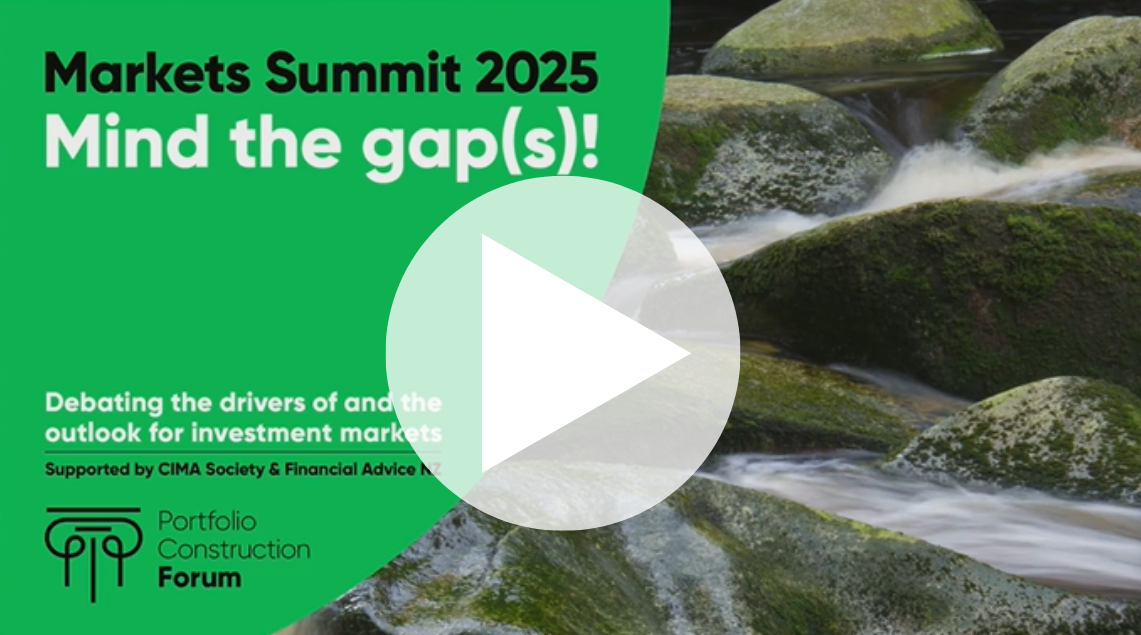
Unlisted Infrastructure Uniquely Fills a Portfolio Gap
Opportunities
Energy Transition: There is a huge shift in Australia away from coal fired generation towards renewable energy as the country targets net zero carbon by 2050. From an investment perspective requires an enormous amount of investment in renewables infrastructure (around $15 billion per year) which can create strong and predictable returns.
Digital Infrastructure: Rising expansion in data creation, driven by cloud computing and AI generates immense demand for data centres, fibre networks and associated infrastructure. Investors can capture this trend through tangible assets like data centres and fibre optic infrastructure, characterised by long-term, essential usage and predictable cash flows.
Care Economy (Social & Affordable Housing): A growing elderly population and an ongoing housing affordability crisis in Australia have created significant demand for social infrastructure investment, notably in aged care, retirement living, and social/affordable housing. Government-backed revenue streams on offer in this area offer stable and predictable returns for infrastructure investors.
Risks & Areas of Concern
Liquidity Constraints: Unlisted infrastructure inherently lacks liquidity, posing challenges for investors needing short-term access to capital. While open ended evergreen solutions aim to mitigate this through partial liquidity mechanisms, these solutions cannot fully eliminate liquidity risks.
Operational & Execution Risk: Infrastructure projects, especially renewable energy installations and digital infrastructure (data centres), often experience delays, supply chain disruptions, and unexpected costs which can result in less attractive returns.
Regulatory and Policy Risk: Many infrastructure sectors, especially renewable energy and social housing, are sensitive to government policy, incentives, and regulation. Changes in policy or funding availability can alter investment economics significantly.
Valuation Concerns: Currently listed infrastructure assets appear cheaper relative to where similar assets are traded in unlisted infrastructure, as listed infrastructure stocks have been adversely impacted by interest rate movements. From a relative value perspective listed infrastructure may be favourable although may have limited exposure to the new opportunities going forward.
Portfolio Implications Across Economic Scenarios
Continued Economic Growth
Unlisted infrastructure performs strongly, with stable-to-growing valuations and robust cash flows. Growth-focused assets (digital infrastructure, renewables) see increased demand and attractive returns.
Mild Recession
Assets remain resilient, particularly those providing essential services (renewables, regulated utilities, care economy), though economically sensitive assets (transportation, logistics) may experience modest softness in cash flows and valuations.
High Inflation & Rising Rates
Infrastructure assets generally provide good inflation protection through indexed cash flows, though higher interest rates may moderately compress valuations. Portfolios which emphasise assets with explicit inflation linkage will perform the best here, more leveraged assets may suffer.
Severe Economic Downturn
Defensive infrastructure sectors (regulated utilities, contracted renewables, digital infrastructure, and social infrastructure) retain relatively stable cash flows, while economically sensitive infrastructure (airports, ports, logistics) experiences noticeable valuation pressures and reduced yields.
Conclusion
There are significant opportunities for investment in unlisted infrastructure with tailwinds in energy transition, digital infrastructure and the care economy. Unlisted infrastructure can play an important role in client portfolios with inflation linked cash flows, low correlation to equities and bonds and lower volatility than equities and listed real assets.
Watch the Session
You will be taken to the Portfolio Construction Forum website. Just login to watch the full video.

Want to dig deeper?
Ask your questions about the session to get answers in seconds.
Need a Portfolio Check?
We'll do a deep dive to see how your current holdings line up with these insights and where there's room to optimise.